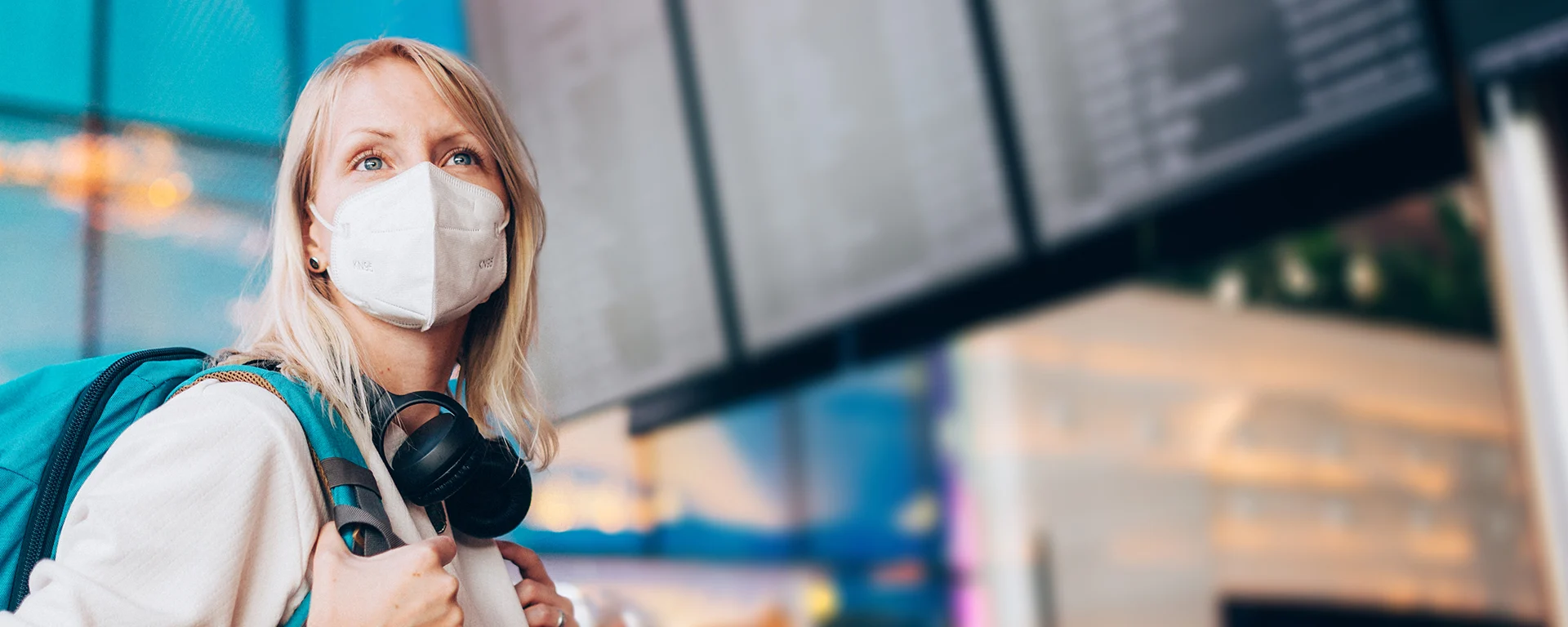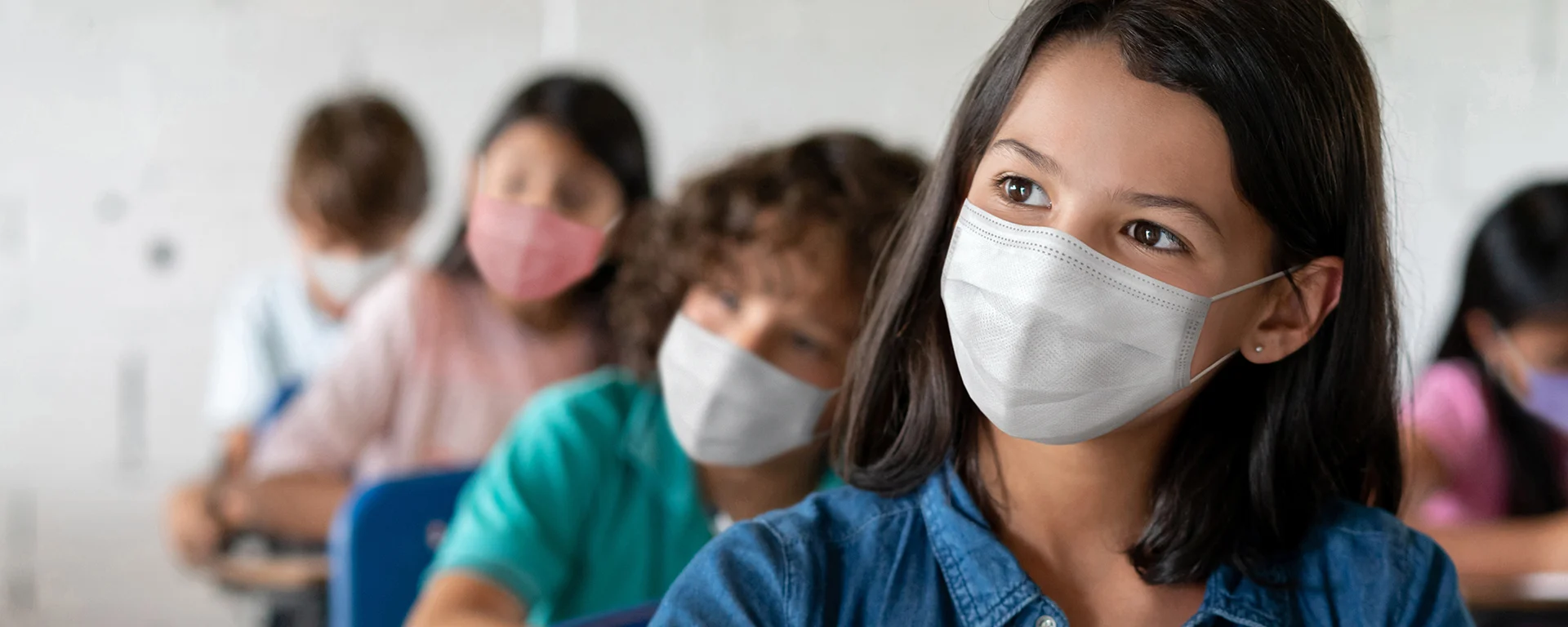We're Still Not Done With COVID...Here's Why!
Even though the virus is under control to some degree, there is still a lot of important work happening to understand and improve how we manage it.
We know, we know — nobody wants to talk about COVID anymore. But it’s still out there, and unfortunately, it’s not going away. The good news is that scientists and product developers haven’t given up on the fight against the virus. They’re still actively working on better ways to test for it and prevent it.
Tests that are better and cheaper
Right now, when it comes to COVID tests, you’ve basically got two choices:
1. A high-cost molecular test that can diagnose you right away (but you have to either buy a pricey instrument to use with the test or you have to deal with a testing center or lab and wait for your results), or
2. A lower-cost home antigen test that might require you to test two or three times (48 hours apart) before one gives you a positive result. Not ideal! (Read more about why this kind of repeated testing is necessary in this article on serial testing).
Some test developers are continuing to work on creating more sensitive antigen tests: Ones that can detect smaller amounts of virus. Others are working with different medical technology that could make really high-performing tests more affordable. One example of this next-gen technology is the LAMP method. Like PCR, LAMP looks for viral DNA, but it can run on much less complicated machines. A couple of LAMP-based home tests for COVID have already been developed, and more may be on the way soon.
Saliva-based home tests
Saliva testing has one big benefit: It’s super easy to get a sample. Nasal swabs can be tough for some people, including those who had recent sinus surgery, people who are particularly sensitive to touch, or wiggly kids. Japan was really at the forefront of developing and implementing saliva-based tests, and athletes in the Tokyo 2020 Olympics received daily saliva tests for COVID.
By late 2020 in the US, you could get a saliva-based test kit, collect your sample at home, and mail it away for processing at a limited number of labs. But the availability of these tests never expanded to match that of nasal-swab-based tests. And even today, long after at-home COVID tests first became readily available, you still can’t find a home test that uses saliva here in the US. There are companies ready to change that though, so stay tuned.
Accessible home tests
Since early 2022, the NIH has been funding a program that works with test manufacturers to make tests more accessible to users with disabilities. This work is focused on improvements for people who have no or low vision, a reduced range of dexterity or fine motor skills, and those that are aging. But many of the features that will allow these users to independently use home tests — for example, easier-to-open packages, more pre-assembled components, instructions with larger text, and less-tippy tubes — will make them easier to use for everyone.
A squirt or a spritz instead of a jab
Mucosal vaccines are delivered through the moist surfaces of your nose, mouth and upper airway (the same way that COVID comes into our body). Just like saliva-based tests could be a less invasive alternative to nasal ones, mucosal vaccines could provide a much less invasive way to deliver vaccines than the needle jabs we know now. Depending on how they’re put together, they could also be easier (and cheaper) to store and deliver. And vaccines delivered through those tissues should be better at keeping people from getting infected than standard, needle-based vaccines are, and they could last longer, too. The challenge is, they’re really hard to make.
Mucosal vaccines can be given by nose (with a squirt or drop) or by mouth (by swallowing a pill or inhaling vapor from a nebulizer). A few of them have already been authorized in other countries (China, India, Iran, and Russia). Both oral and nasal vaccines are in clinical trials now to potentially bring mucosal vaccines to North America, Europe, and Japan.
Keeping up with COVID
Finally, let’s not forget: We still need to keep a close eye on the evolution of the virus. It may not be the most glamorous aspect of the COVID battle, but it’s one of the most important. It’s been a while since we’ve seen a huge change, but a new variant could pop up somewhere next week that is more deadly or better able to elude available vaccines. We need to know early so we can plan our response.
I’m glad to see this work continue, and I hope you are too. Even if you no longer fear your next bout with COVID, the progress made is likely to have effects far beyond this one virus. We’re already seeing the development of home tests for RSV and flu. New types of vaccines could help protect us from other diseases, both old and new. And when companies that have learned to make their products more accessible discover how much people like these more user-friendly features, they will continue to use those features in future products.






